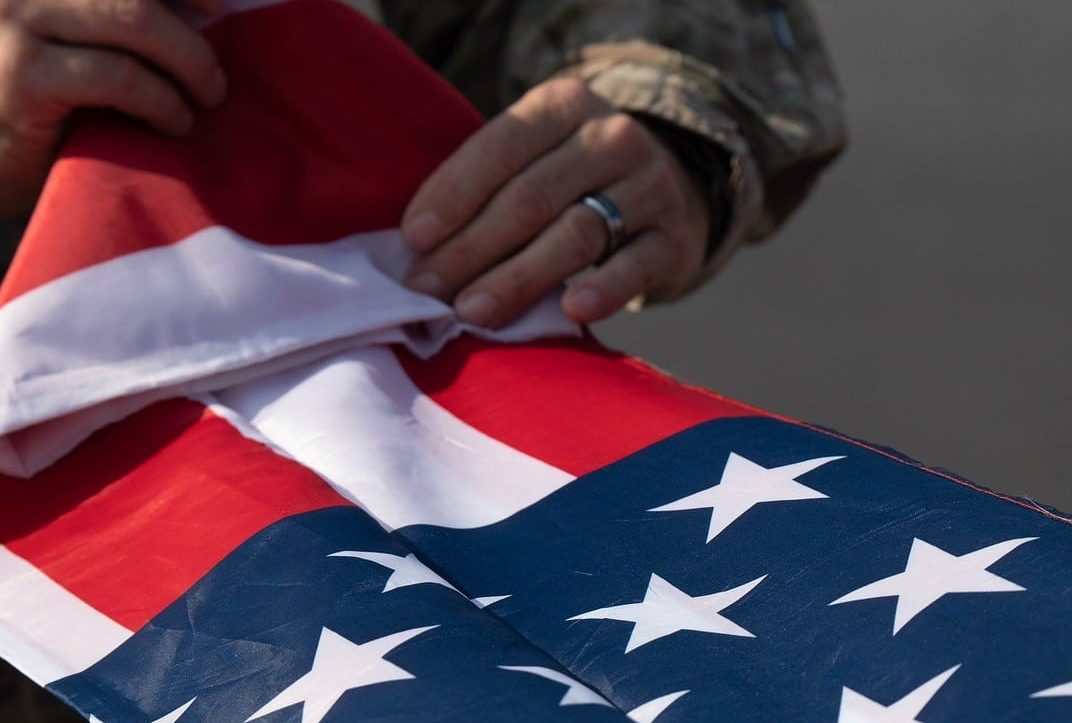Memorial Day is a time to remember those men and women who have given their all to defend the freedoms we cherish. Small flags will be placed at graves across the country to honor them. Somber memorial events will be held, and speeches read. For those families that have lost a loved one, a burial flag that draped their loved one’s coffin may well hang on the wall, in a triangular, glass-faced box.
These flags are special indeed, even if they are but a small token of a grateful nation. This story is about just such a flag, that illustrates just how long we have been honoring these fallen loved ones and how this tradition should remain an important reason to remember the fallen.
My only brother is a proud veteran of the U.S. Navy. He is a member of his local veterans’ group and the Knights of Columbus, both of which support the annual Veterans Day event in my hometown. As many should know, this event is held at the 11th hour of the 11th day of the 11th month of each year – the hour, day, and month when the armistice was signed ending World War I. For my brother and his fellow veterans, last year’s event was made better than most because of an artifact of another war and the subtle history of our country at that time.
Gerald received a call from his church office where a flag had been dropped off for proper disposal that the Knights of Columbus handle. U.S. flags are sacred emblems of our nation and, when old and tattered or simply not needed, should be disposed of through burning in a ceremony befitting their status as such. As he placed the folded, burial flag on the passenger seat of his truck, something odd bugged him about the way it looked. It had been folded into a square with the field of stars on top, but something was amiss.
As he shared the story with me, he said, “Brother, something was just not right, so I pulled over and took a closer look.” As he unfolded the flag, he counted the stars – there were only 48! He had to know more about where this flag had come from. As it turned out, the person who dropped off the flag was an acquaintance who explained that the flag draped the coffin of his great uncle who died at Pearl Harbor on December 7, 1941. He was 19 years old and unmarried, so the flag was presented to his parents, and passed on to his brother and then to my brother’s friend. It had “lived” on a shelf in a hall closet for years and the fellow decided that it was not doing anyone any good there and just wanted it taken care of properly. A noble gesture.
What my brother’s friend did not realize was the significance of this cotton flag, with only 48 stars, that represented a nation not quite finished growing. He was of course offered the flag back but decided that it was better to share with the community, as a history lesson if nothing more. So, on last year’s Veteran’s Day Celebration in New Iberia, La., a 48-star flag of the United States flew above the crowd – flapping in the breeze, showing off its glory and honoring more than just the 19-year-old sailor for which it was presented.
So, perhaps on every Memorial Day those burial flags for fallen veterans that sit in triangular cases, or on closet shelves, might be better taken out and waved or displayed for everyone to see. No need for speeches or ceremonies. All we need to do is watch them fly – and remember what they represent.




